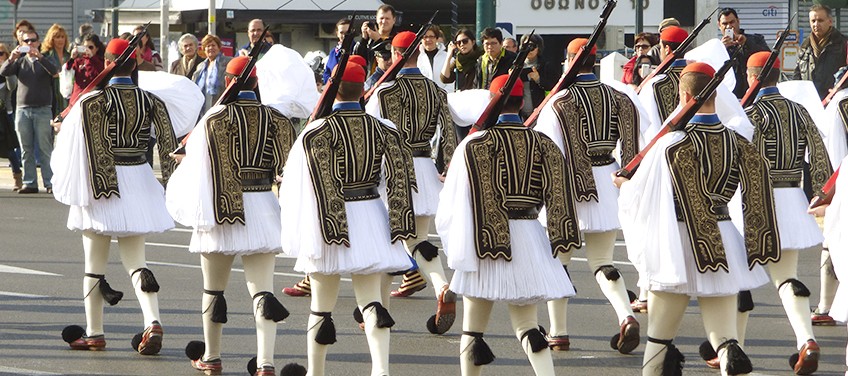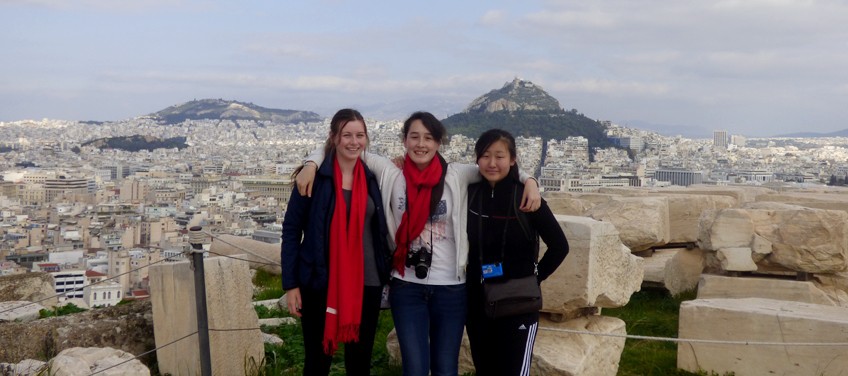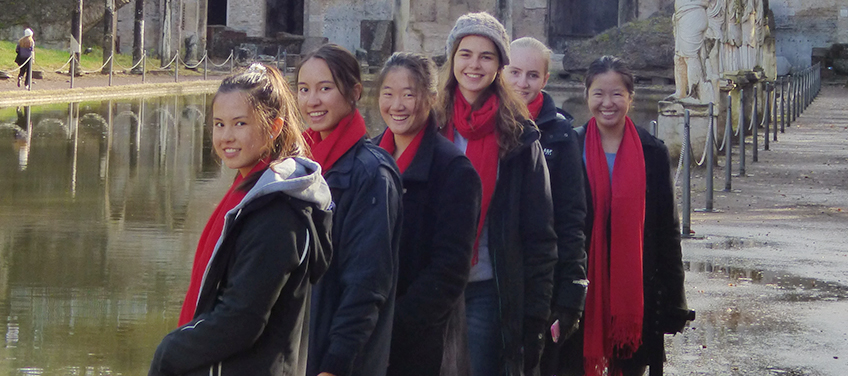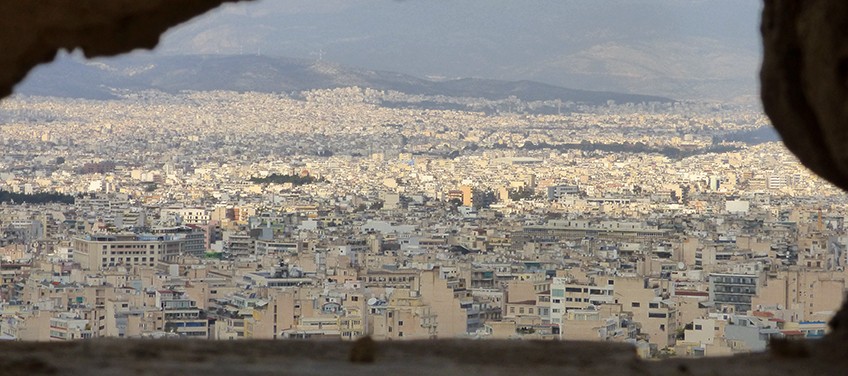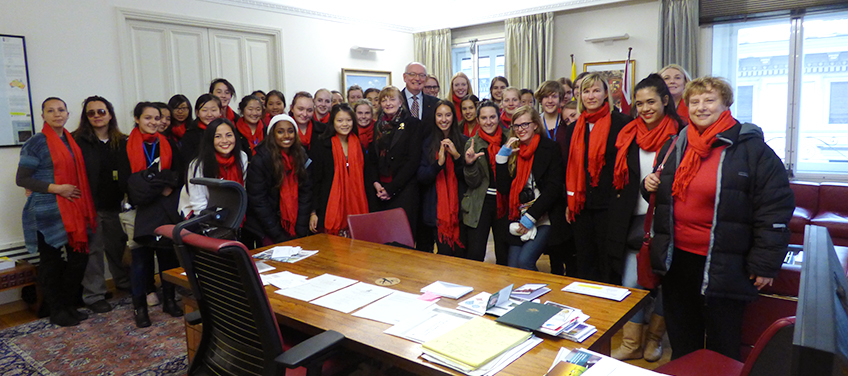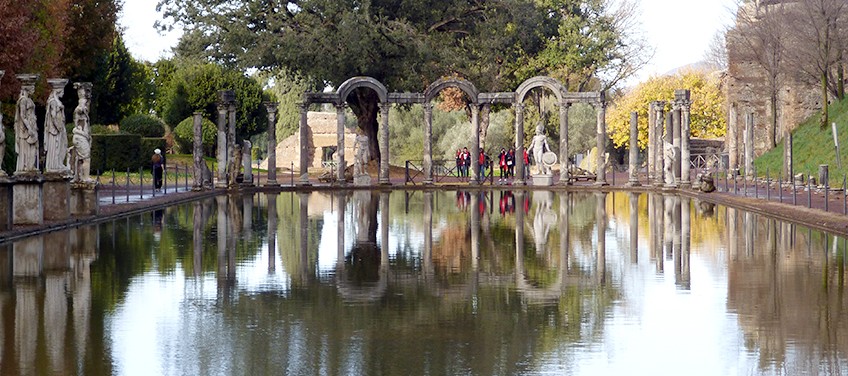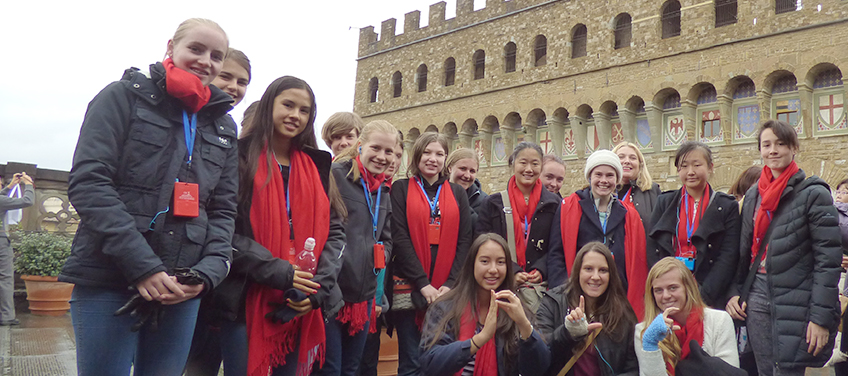A Classics visit to Europe
Monday 10 February, 2014
For three weeks in January, 31 girls from Years 10 to 12 and 3 staff enjoyed an excellent tour of Classical and neo-Classical sites in Greece and Italy.
The tour provided students with enriching cultural experience as they not only deepened their knowledge of ancient Greece and Italy, but also enjoyed meeting locals, eating the local food and witnessing a way of life different from their own. Highlights of the first half of the tour in Greece included visits to the archaeological sites of Athens, Delphi, Olympia, Maecenae and Epidaurus. In the sixth century theatre at Epidaurus, students tested the excellent acoustics with a rendition of our national anthem. As they strolled over these famous ancient sites, the touring group enjoyed surprisingly mild weather for a European mid-winter.
In between cities, Dr Matters (Head of Classics at Pymble) entertained students with the myths of ancient Greece, told with dramatic voices and humour.
In Italy, the group visited the historical city of Mantua where the famous Roman poet Virgil was born. This was of particular interest for the Year 12 Latin students as they are currently studying Virgil’s Aeneid.
Over their two days in Florence, the group absorbed Renaissance art and architecture and experiencing the hospitality of the closed order of nuns in the convent of St Martha. The expertise of Classical Languages teacher, Mrs Amanda Harris in painting and sculpture was invaluable throughout the tour, but particularly in Florence as the group visited the Uffizzi and the Accademia where the famous Statue of David is displayed.
In Rome the group had the privilege of an audience with Australia’s ambassador to the Vatican, Mr John McCarthy, at the Holy See. He discussed his unique role and answered students questions from following a visit to the Vatican Museum and St Peter’s Cathedral.
The tour ended with a fascinating guided tour of the Campania region including Pompeii, the Archaeological Museum of Naples, Herculaneum, Poppaea Sabina’s villa at Oplontis, Cumae and the steaming sulphuric crater of Solfitara.
Dr Matters, Miss Harris and I would like to thank the girls who participated in the tour for the attention they paid to the guides throughout Greece and Italy and their excellent behaviour which elicited many compliments wherever we went.
This post was guest written by Mrs Julia Anstey, Classical Languages teacher at Pymble.



